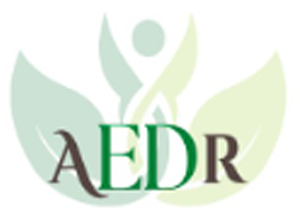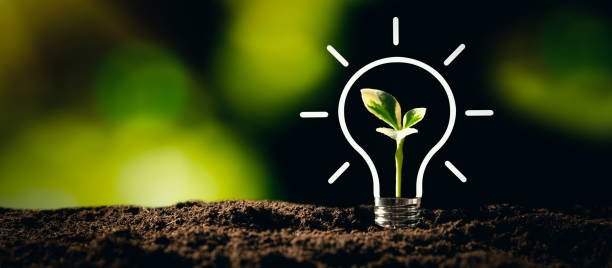Global trade and environmental policy are facing renewed uncertainty. In 2025, the United States once again withdrew from its Paris COP emission reduction commitments under the UNFCCC, while President Trump’s tariff measures have further strained global trade. Yet, worsening climate change impacts reinforce the urgency of pursuing sustainable development.
Against this backdrop, the Association of Environment and Development Research (AEDR), a 25-year-old national non-profit NGO, organized a one-day conclave on sustainable development at PHDCCI on October 8, 2025. The discussions offered measured optimism amid global concerns.
Prof. Ram Ranjan and Chesta Grover of Shiv Nadar University examined the EU’s Carbon Border Adjustment Mechanism (CBAM), which functions as a tariff-like restriction on Indian exports, particularly in aluminium and steel. Their research suggests that India should promote a domestic Emission Trading System (ETS) for carbon credits to lower abatement costs and help industries adapt to new environmental standards.
Dr. M. Rahul of the Institute of Economic Growth (IEG) and AEDR presented a network analysis showing an increasing alignment between global trade and emission patterns—indicating that trade integration is now occurring alongside convergence in emission intensities across countries. Complementing this, Sebnem Sahin of UNDP and PMAD used a CGE simulation model to demonstrate that the Horn of Africa, highly vulnerable to climate impacts on agriculture, can mitigate losses through stronger intra-regional trade and coordinated trade–environment policies.
In the Indian context, rapid urban growth has accelerated the development of new and smart cities. Vaibhav Rundwal, Deputy Secretary, Ministry of Housing and Urban Affairs, noted that the Pradhan Mantri Awas Yojana (PMAY)-Urban 2.0 emphasizes sustainable and inclusive development in its housing initiatives.
AEDR remains dedicated to advancing frontier research on trade, environment, and their critical interlinkages. You can contact us at our web site: www.aedr.org.in for further communication.


💬 Comments
Share your thoughts on this policy
No comments yet. Be the first to comment!